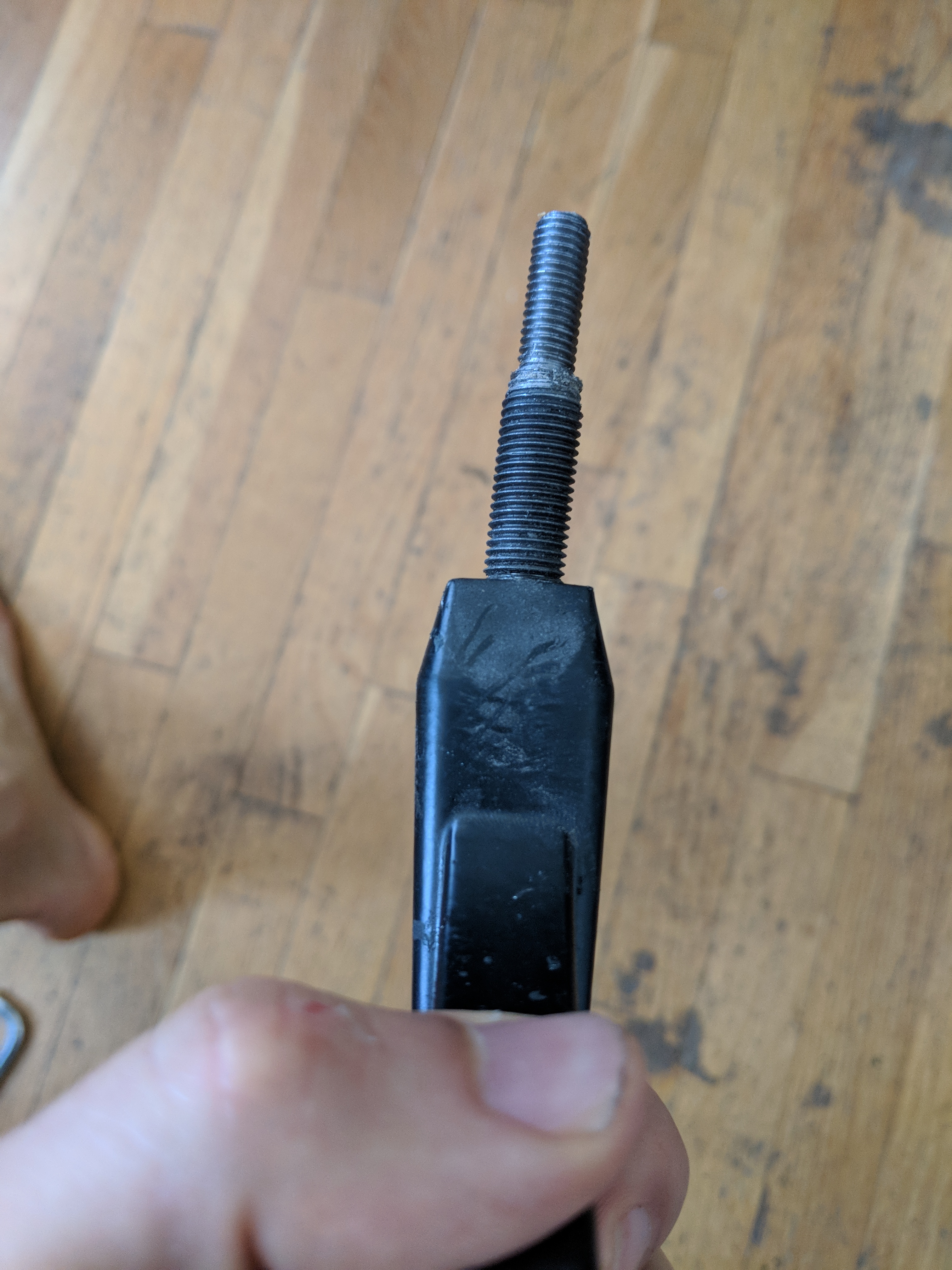Lorentz forces between wires causes them to vibrate. Would be very surprised if the vibrations didn’t short them over time.
Nice, didn’t think of that, was more worried about road vibration
the dip also ironically helps transfer heat off the windings instead of trapping it to the windings. It transfers it to the stator steel and from there somewhere hopefully
Any idea on the top speed with these motors? I am finding they have a lot of torque but they are maxing out at about 25 mph on 10s. Is 12s the only solution? Can I try setting the RPM limit a little higher?
theres nothing you can do to make them go faster than running higher voltage. 12s or maybe go 16s with another controller if you need the speed. I was maxing out at around 32mph with 12s. maybe you just need a better aero tuck. maybe you need to lay down on the board.
I loled for real at this
So when can we expect the start of international delivery ? 
Tomorrow. Just have to glue up magnets and assemble.
For sure. No doubt. Definitely.
Thought I’d do a big glue-up n motor bake today but no glue!! But found it locally here in sf so will happen tomorrow. Only so long I can be slow before someone tells me I’m full of shit. Tomorrow.
Anyone who wants to come to the big motor bake meat pies and drinks will be served.

Lol, that’s like the one thing I don’t like from Trader Joe’s.
Here’s some pics of the axle now that I’ve had time to take the motors off and switch hangars (I bought 2 sets, so I had a backup).


One thing for sure, having threads is really bad for fatigue due to the high stress concentration, maybe make the threads shorter and away from the hanger, the point in bent is the section that has the maximum moment, not having threads there would help a lot
I’m having the hanger molds altered to take a 14mm axle so at its thinnest, in the bottom of the thread, it’s 12.4 mm thick
I finally got my hubs placed in my latest build, and one side keeps failing BLDC motor detection. I got it to succeed after 5 or 6 attempts, but should I be concerned? Do I just need to ride them a bit to loosen them up and then do detection again? Any advice?
Hmm in my understanding of solid mechanics (which isn’t perfect) I think that stress concentrations are much more critical to avoid during fracturing events. Since fracturing is kind of a probabilistic phenomenon in such materials. The main concern with threading is it decreasing the cross sectional area and the material thickness
(which gets raised to the fourth power in bending) obviously this can be described as a stress concentration so I’m not saying you’re wrong  . But I think going from 12->14mm will make a huge difference. Lets say the threading takes 1mm off the total diameter we can do some dimensional analysis:
. But I think going from 12->14mm will make a huge difference. Lets say the threading takes 1mm off the total diameter we can do some dimensional analysis:
(13mm^4)/(11mm^4) = 1.95
So the trucks would be roughly twice as strong in bending. My guess is this particular unit just so happened to be the lower end of the bell curve on steel quality. Good to protect against that though.
I just ride them in foc. They always pass the foc testing n then I go. But if u want bldc yes they’ll have to loosen up some. Some of those bearings are stifff
Oh, ok. I’ll go straight to FOC. I assumed BLDC was going to be easier to detect, then loosen up, then I would do FOC in a few days.
Unfortunately is not so simple
You always have to take in account the static case and considering fatigue. For the simple static loading your thinking almost right, you use an average area between the top and root of the thread
However when dealing with fatigue threads is the worst stress concentration you have, I have to look on the tables, but for a 12mm axle it will be something around 3, so if you take and do the math for bending, the stress on the threaded part will be 3 times that
That’s why I said that making the thread stop before the hanger body will help so much, maybe 10 or 20mm earlier
It makes no change get a better material if the reason of the failure is not it
Hm true I hadn’t considered fatigue during dynamic vibrations, definitely a valid concern. Still isn’t fatigue failure somewhat of a different look from the bending failure we are seeing here? In theory fatigue should work harden the part until it fractures correct? Definitely agree that if stopping the thread doesn’t effect the application then it should be done as it will only add strength.
It really depends, it could be a low cycle fatigue failure, but no matter what it is, the thread had a key role in it
A good way to know is to apply penetrating fluid, don’t know if that is the exact name in english, but it changes color if it manages to enter micro cracks on the surface
@slerm if the truck is re-mounted on the board with the wheel off and the deck is level, is the angle of the bending nearly vertical?